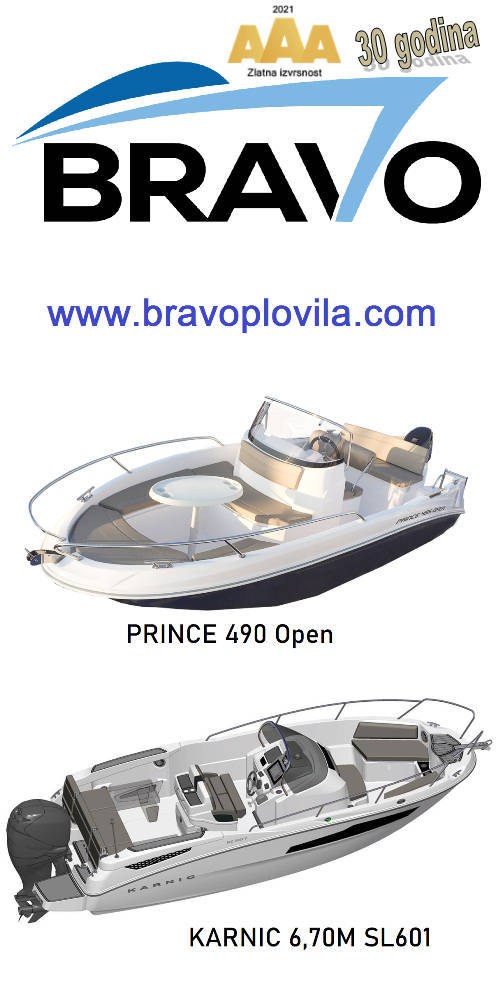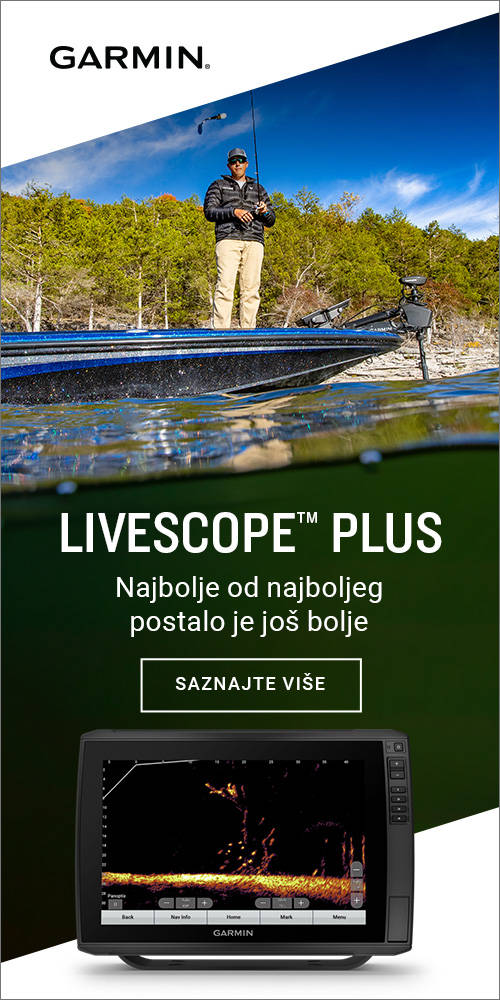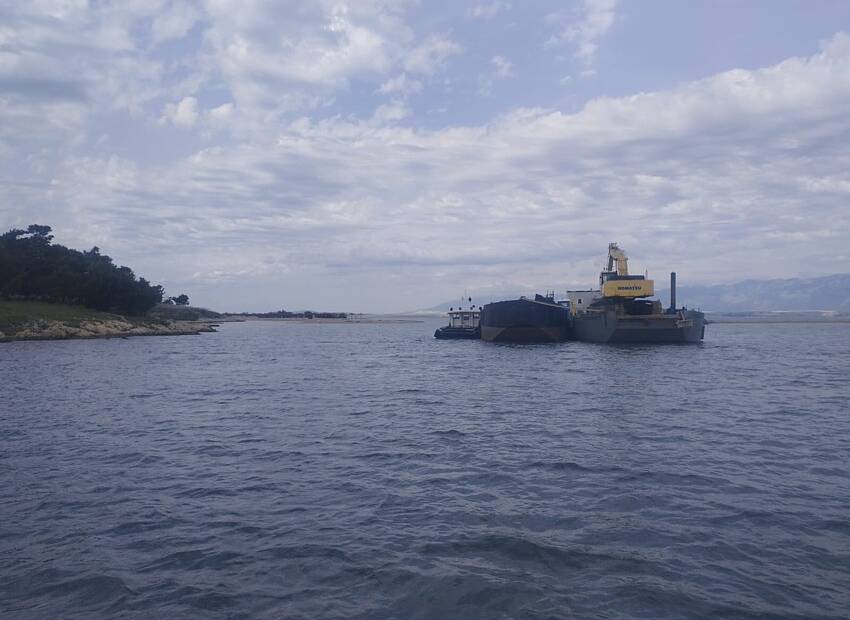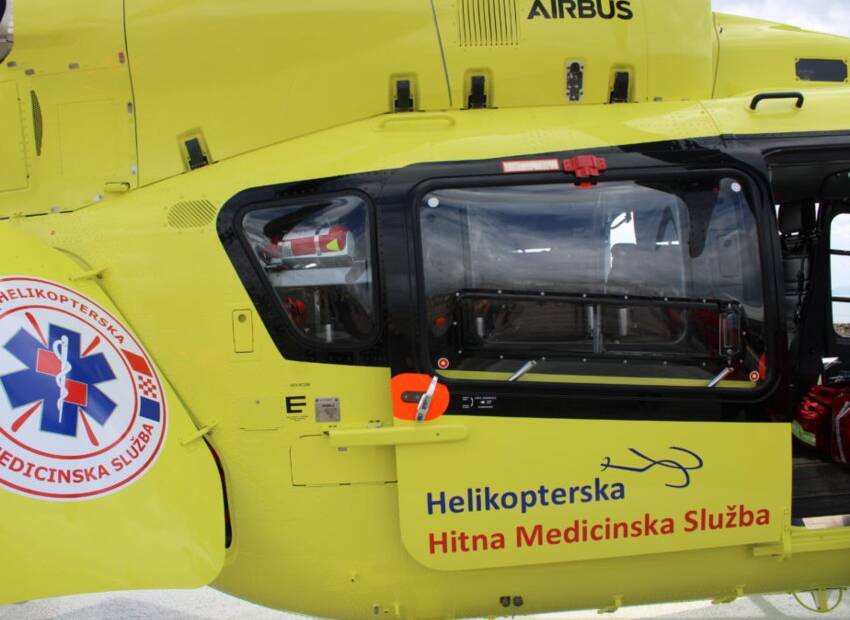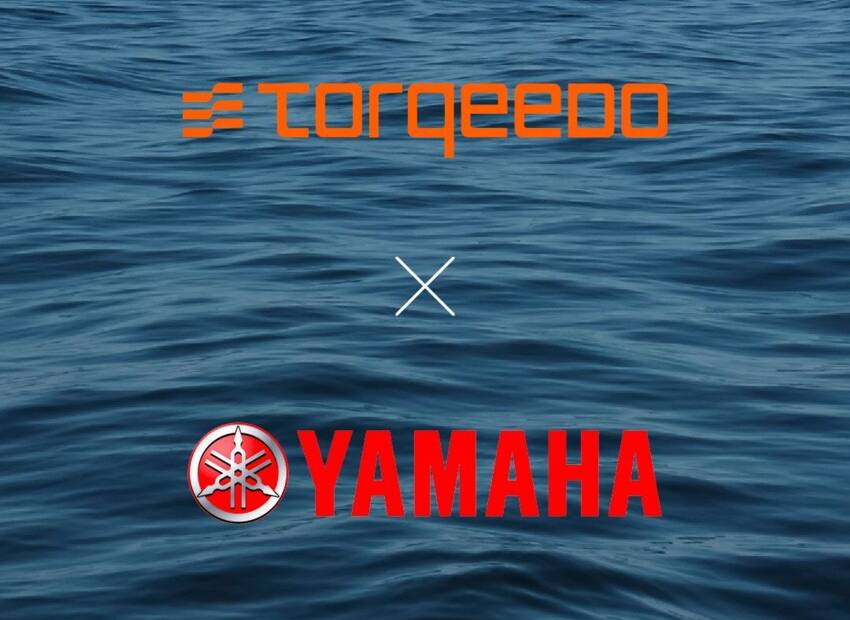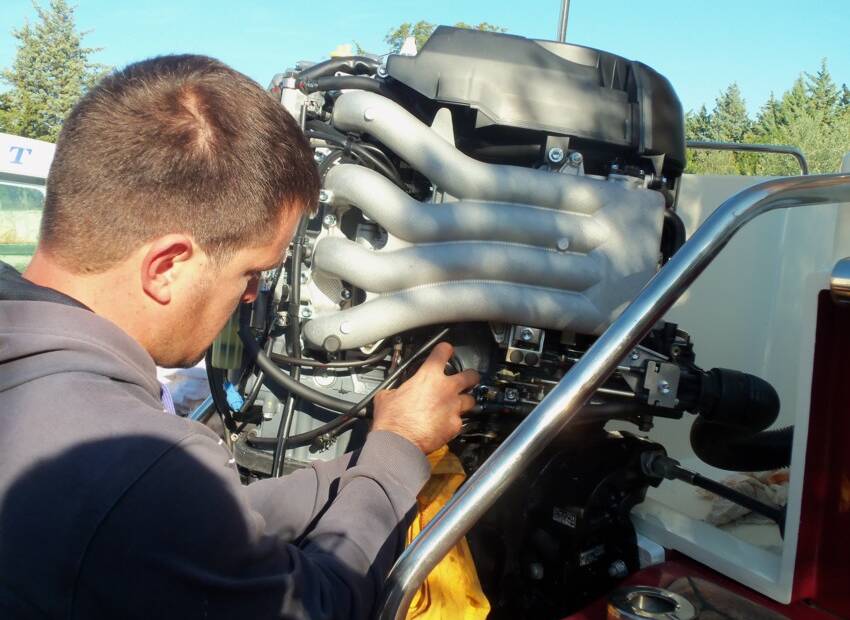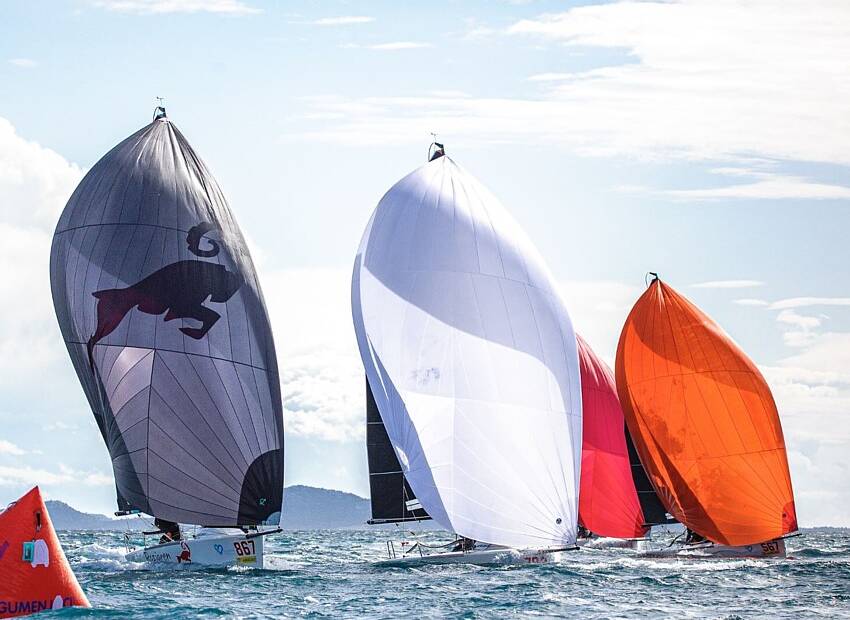Imagine that you are planning a cruise from Florida to the Bahama Islands...
and will cross the the Gulf Stream on this passage.
Large ships tend to ride the "Stream" to ports like New York or Boston.
And they often steam at speeds of 20 knots or more!
In the best conditions, those ships might not pick up your small sailboat...
on the ship's radar until you are just 3 miles away...
That gives a 20-knot ship just nine minutes to maneuver to avoid hitting you!
Follow these seven sailing tips to help keep your crew and sailboat...
safe and sound on the busy waters of the world when sailing or cruising!
Why Small Sailboats are Tough to Detect on Radar
~~~~~~~~~~~~~~~~~~~~
In his book, Radar for Mariners, author Dr. David Burch emphasizes the importance of target size and height to produce good radar signals. Compare a radar signal to a pebble dropped in a tub of water.
Waves go out from the center of the splash and continue to travel until they find a good reflective surface. As soon as the waves hit the sides of the tub, they reflect back toward the origin--or where the pebble was dropped.
A heeled, cruising sailboat makes radar detection difficult because it lowers the amount of hull reflective surface. The same thing happens if you present only your bow or stern to a radar signal.
In heavy swells, the boat hull could be hidden, with only part of the mast visible to a radar beam. And a sailboat mast often presents too small of an area to provide a good reflective surface.
Radar beams need large, flat surfaces for good signal reflection. Otherwise, the signal tends to skip over the object, causing the beam to scatter. To increase your visibility to a radar signal, follow these seven tips:
How to Make Your Sailboat More "Radar Visible"
1. Purchase two radar reflectors. You need to hoist at least two reflectors in different areas on your boat to insure the best detection. Much has been written about the best radar reflector based on tests and evaluation. But I believe the best will alway be simple, effective, and require no power source. Consider a simple, four panel, trihedral shaped reflector. Each panel connects to another at a 90 degree angle.
2. Measure across the diameter of the reflector, or study the specifications, before you purchase. The best reflectors for offshore sailboats are at least 18" in diameter.
3. Hoist each reflector in the "rain-catcher" position. The side facing straight up forms a "V" shape. Extensive tests at sea have proven that this gives the best reflective surface when a small sailboat heels over.
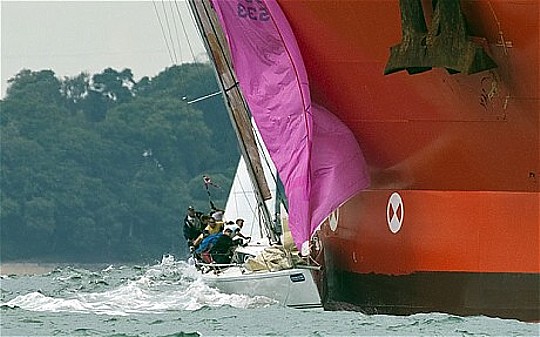
This container ship has its radar antenna mounted high up off the water. It might not pick up a small sailboat until it's within three miles. At 20 knots, the ship will cover three miles in 9 minutes. Are you "radar visible"?
4. Position the two reflectors high up in the standing rigging on opposite sides of the boat (port and starboard) if practicable. Try these locations:
Mount on top of the mast (ideal for mizzen masts on ketches or yawls).
Hoist on upper shrouds (between the deck and spreader).
Position high up on the backstay.
Rig a spare spreader halyard (i.e. a strong flag halyard).
Use a boathook on smaller sailboats (extend the boathook; attach the reflector; lash to a stanchion or rail).
5. Keep the hoist-distance above water at least 10 feet. When heeled over, you want to make sure at least one reflector remains visible to an incoming radar signal.
6. Veer off course once in a while to present a larger surface area to incoming radar signals. Increase the frequency of this maneuver when sailing near or in shipping routes.
7. Saturated Dacron sailcloth blocks the reflector from a radar signal. In wet weather, move your reflectors out of the shadow of soggy sails. Lower obstructions such as wet bimini tops or dodgers for the same reason.
Good radar reflectors aren't that expensive and perform a vital function for the small sailboat at sea. Follow these seven tips to keep you and your sailing crew safe and sound in tough sailing weather.
Get instant access to 400+ sailing articles, videos, live discussion forums, and free ebooks! Click here to find out more!
Captain John





